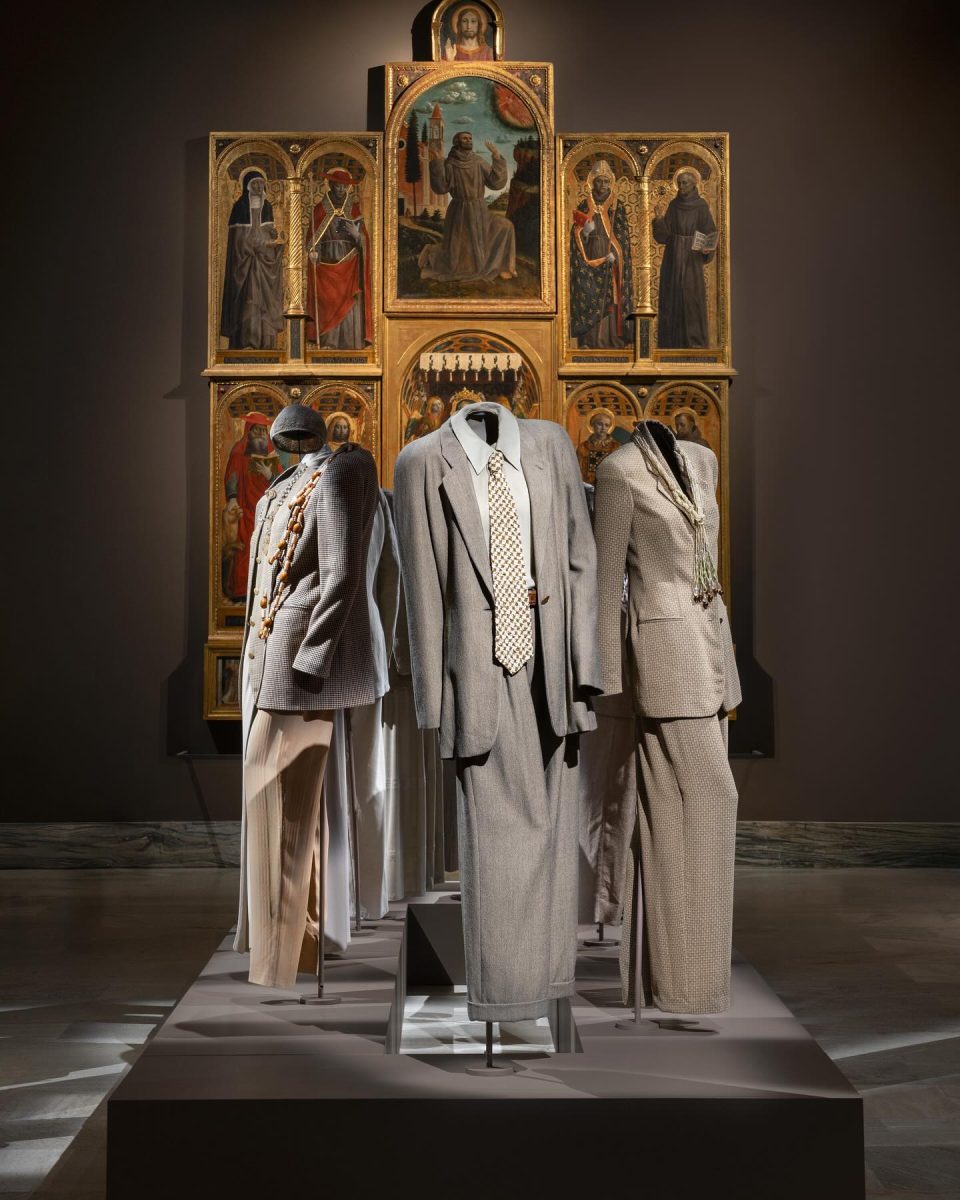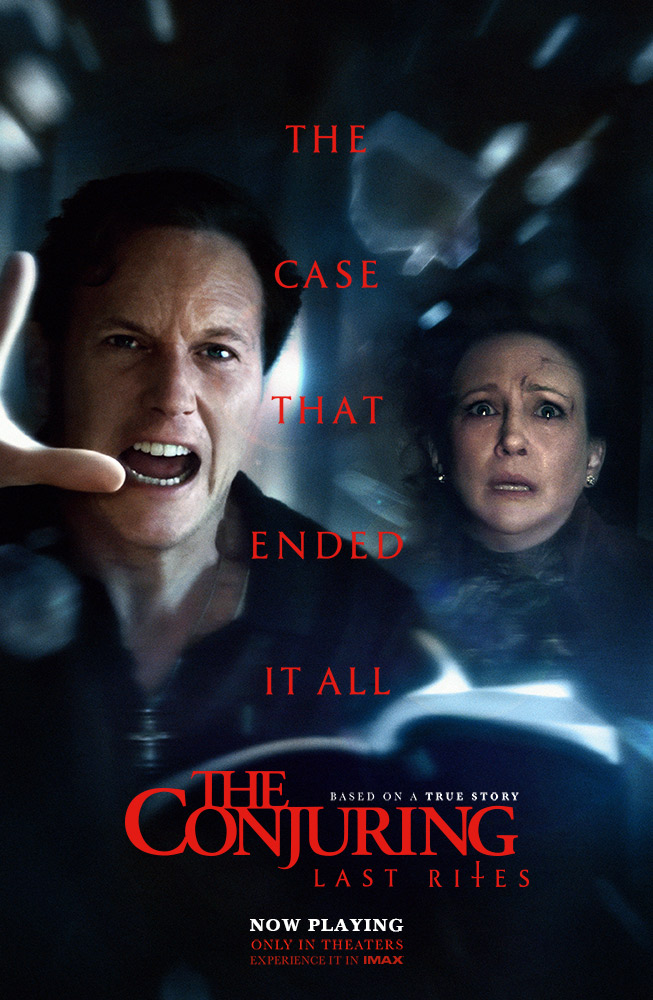Gannon University welcomed the Pennsylvania Communication Association (PCA) pre-conference to campus Thursday and Friday and discussed the theme of “Albert Camus & Philosophy of Communication: Making Sense in an Age of Absurdity.”
Unique to the conference was the staged reading of Camus’ “The Misunderstanding.” Featuring a cast of six and directed by Rob Connick, adjunct faculty at Gannon and artistic director of local theater group Laugh/Riot, the show experimented with Camus’ conception of the absurd and existentialism.
The performance was a staged reading, meaning there was no set, limited action, and the actors read from their scripts instead of memorizing lines. This artistic choice leaves the stage with little more than four chairs in the center of the stage, with several more to the sides for actors not in the center of the action.
The show focuses primarily on three major characters – Martha, her mother and Jan, the estranged son and brother to Martha. Martha, played by Erika Krenn, and her mother, played by Betsy Butoryak, plan to kill the next rich visitor to the inn they run. Little do they know that the next visitor will be their long-lost relative, Jan.
Todd Paropacic, a junior philosophy major, portrayed the character of Jan with an attention to detail that can only come from a seasoned actor. Krenn also was a highlight with a ferocious and ambitious intensity that provided the perfect balance to Jan’s Hamlet-esque angst.
The show was cerebral, dark, and heavy – characteristics that do not lend themselves to mass audiences. While the direction of the show was complex, its layered approach was captivating and directly corresponded to the theme of the PCA conference. Subtlety in emotion, movements and inflection as well as the stark staging challenged the audience to respond to the text in ways that many seated had not experienced.
The rest of the cast – composed of Alexandra Mihai, Mike Fujito and Thomas Barton – shaded the text and enhanced the performance to a new level. Each of the four actors created a composite and fully created character that improved the context of the overall piece.
For example Mike Fujito, who played the Old Man, only had a few lines but loomed over the stage with a presence that brought a multifaceted interpretation of the script.
While some may view the abstract show as too heavy, they might miss meaning behind Camus’s work. The absurdist existential philosophy permeated every line in the show and demonstrated a level of understanding by Connick and every single actor.
Theater is meant to convey a message, to create conversation and pose questions. The deep and intricate layers of the show’s production leaves more questions than answers; it makes the audience grapple with the reality and absurdity of the world; it can manifest itself in daily conversations with people and encounters with strangers. The existentialist text isn’t meant to be accepted without restraint, but rather wrestled with.
Overall, the performance may have been more relatable if it had not been done as a staged reading. The complex repetition of phrases and themes as well as the heavy language in scenes without action leave an internal angst that was jarring and dismal at the same time. The acting was there, as well as the direction, but without the buffering of action and movement, the piece felt slow and hard to follow in sections.
In short, Gannon’s production of “The Misunderstanding” gave a reaction – not good, not bad. It made the audience think and that’s the best thing quality theater can do.
MICHAEL HAAS







